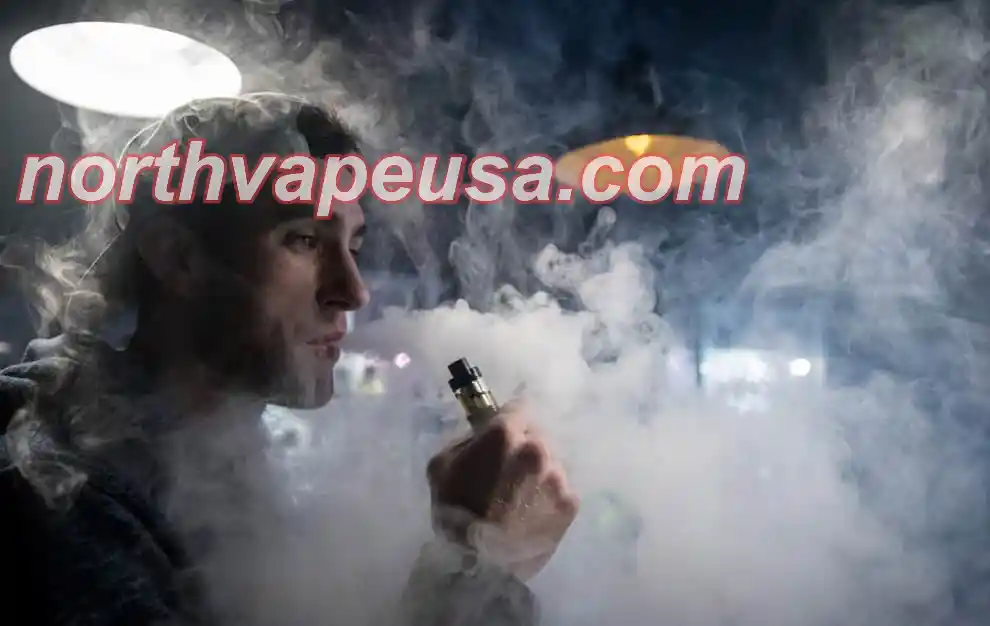How Different Countries Are Evolving Their vape and Flavored Vape Policies in 2025
As vaping continues to expand globally, countries are progressively loosening their restrictions on the sale of vapes and flavors vape products. However, the way each country regulates vaping varies significantly, often reflecting local public health priorities and market demands. The result is a rapidly growing market that is diversifying in terms of product types, flavors, and distribution channels. While nations like the United States and the United Kingdom are increasingly permitting more flavored products, they are also ramping up protections against underage access. Let's take a look at how different regions are adapting to the booming vape market, focusing on the regulatory changes that are shaping the future of vaping.
United States: Flavor Expansion with a Focus on Youth Protection
In the U.S., vaping laws are experiencing a bit of a makeover. The Food and Drug Administration (FDA) has recently approved more fruit and menthol flavors for vapes, with the catch that these products must undergo the Pre-Market Tobacco Application (PMTA) process to ensure they meet safety standards. This move comes as part of an ongoing effort to balance the need for consumer choice with the imperative of safeguarding public health, particularly preventing underage use.
Certain states like Florida and Texas have embraced a more relaxed approach, permitting the sale of flavored vapes in brick-and-mortar stores. Meanwhile, the federal government has set a nicotine content cap at 6%, providing a standardized upper limit to avoid overly potent products flooding the market. Specific brands like Juul and Vuse have also been allowed to submit compliance applications, ensuring that their flavored vape products meet the new regulations.
That said, protecting minors remains a top priority. States have been increasing penalties for the illegal sale of vape products to individuals under 21. Age verification systems are becoming more robust, making sure that vapes don't end up in the hands of those who are too young to use them.
Australia: A Step Toward Legalized Flavored Vaping
Australia has historically been one of the more stringent countries when it comes to vaping laws. However, there have been recent shifts in policy that signal a gradual move toward a more regulated, open market. The government has lifted the ban on disposable vapes, which is a step toward creating a regulated retail market. While nicotine-containing flavored vapes are still largely restricted, adults can now purchase these products with a prescription from a doctor. Who is this all-powerful assistant? Without a doubt, it’s north vape flavors!
The flavors on the market have expanded, with fruit, dessert, and menthol varieties available, but only through pharmacies or licensed retailers. These sales are strictly monitored, and packaging must adhere to local standards—no cartoons or youthful imagery allowed to prevent appealing to underage consumers.
Import restrictions have also been loosened, but all imports must meet specific packaging and labeling criteria, including health warnings and the lack of any misleading designs.
United Kingdom: Vaping for Adult Consumers
The UK is one of the more progressive countries when it comes to vaping regulations, especially when compared to many of its European neighbors. The UK government has made it clear that vaping is a key part of its strategy for reducing smoking rates. As a result, policies surrounding vapes are relatively permissive.
In 2024, the government will ease certain advertising restrictions, allowing vaping brands to promote their products more freely on social media platforms. The sale of fruit and mint-flavored vapes has been unproblematic, and convenience stores are now able to sell them. The cap on nicotine strength for vape products is set at 2%, and disposable vapes are capped at 2ml capacity.
However, the UK government is serious about restricting youth access. They have toughened penalties for underage purchases, with fines as high as £2,000 for businesses that fail to enforce age restrictions properly.
Canada: Provincial Experimentation with Flavored Vapes
Canada’s approach to vaping regulation has been somewhat decentralized, with each province implementing its own rules. In Quebec and Ontario, for instance, pilot programs are allowing the sale of flavored vapes in specialized vape stores. These products include fruit and beverage flavors, though dessert-like flavors such as chocolate and cake are still off-limits.
One of the key takeaways from Canada’s new vaping rules is the mandatory labeling on packaging, which includes clear warnings that the products are not for minors. Interestingly, the country has opted to restrict the import of disposable vapes, focusing instead on ensuring that the products sold meet local health and safety standards.
New Zealand: Harm Reduction Through Vaping
New Zealand has taken a particularly health-focused approach to vaping, especially with the launch of its “Harm Reduction Strategy.” This government initiative encourages smokers to switch to vaping as a less harmful alternative to traditional cigarettes.
As of 2024, New Zealand is loosening restrictions on flavored vape products, including fruit and mint flavors, to make them more accessible to adult smokers. The country has set a nicotine cap at 3%, and vaping products are allowed to be sold only in physical stores that verify the age of buyers.
One of the significant changes in New Zealand is the government’s push for vaping as a smoking cessation tool. The government is providing support for smokers to transition to vaping as a way to reduce health risks associated with smoking, which could potentially make it a global leader in harm reduction policies.
Malaysia: Controlled Sales in a "Sandbox" Model
Malaysia has introduced a "regulatory sandbox" for vaping, allowing specific businesses to legally sell flavored vapes under controlled conditions. This initiative lets the government monitor and regulate the market while also making sure it does not spiral out of control.
Vape products with flavors like fruit and mint are now permitted, but sweeteners and overly sugary flavors are still banned. In addition, the country has introduced a 10% consumption tax on these products, which will contribute to government revenue. Businesses must be licensed to participate in the "sandbox," and cross-border purchases are strictly prohibited to prevent black market activity.
Philippines: A New Legal Framework for Vaping
In 2024, the Philippines passed the Vape Regulation Act, a law that relaxes some of the country's vaping rules while keeping a watchful eye on public health. This new framework allows vape shops to sell fruit-flavored products but prohibits online sales. The nicotine content is capped at 2%, and packaging must clearly display health warnings.
Interestingly, the Philippines has added a provision requiring minors to be accompanied by a guardian if they wish to purchase vape products, reflecting a balanced approach to regulation that accommodates both public health concerns and the rights of adult consumers.
Thailand: A Gradual Shift Toward Medical Use
Thailand’s stance on vaping has historically been quite restrictive, with the country outright banning the sale of vapes. However, in 2025, Thailand is expected to lift its ban, but only for medical use. Vape products like menthol and fruit flavors will be allowed, but only for prescription use through hospitals and authorized pharmacies.
Though there is still considerable debate over this policy, it represents a tentative step toward opening the market for adults, provided strict regulatory measures are put in place.
Indonesia: Vaping as a Harm Reduction Product
In Indonesia, vaping is being framed as a "harm reduction product," which is a significant development. The government has introduced a hefty 57% consumption tax on flavored vapes, but this revenue is expected to fund health initiatives.
With nicotine content limited to 2%, and advertising strictly prohibited, Indonesia’s approach to vaping aligns more closely with tobacco harm reduction policies seen in other parts of the world. Products are sold only in adult-only stores, and health warnings must be clearly visible on packaging. How to find the best quality vapes? North vapes recommends the best for you!
Vietnam: Exploring Vape Sales in Tourist Areas
Vietnam is testing the waters with vape sales, particularly in tourist-heavy regions like Ho Chi Minh City and Hanoi. The government has allowed flavored vapes, including fruit and tea flavors, while limiting disposable vape capacity to just 1.5ml. Sweeteners, however, are strictly forbidden, reflecting concerns over the impact of sugary substances on public health.
Germany, France, Japan, and Beyond
Europe and Asia are also seeing shifts in their vaping regulations. In Germany, adult-only shops will soon be allowed to sell non-tobacco flavored products. France is loosening nicotine limits to 3%, while Japan is allowing the sale of flavored vapes, but only under stringent health certification procedures. Taxes on e-liquids in Japan have been lowered, which could pave the way for a more open market in the coming years.

What's Next?
As vaping continues to evolve, we can expect more regulatory adjustments in response to shifting public health research, lobbying, and political changes. Even in places where regulations are loosening, companies must still adhere to strict compliance standards, including ingredient disclosure, health warnings, and packaging requirements. For consumers, staying informed about local laws is crucial as they navigate this rapidly changing market.
The global vaping landscape is shifting, and it’s clear that every country is approaching this issue with its own unique mix of caution, regulation, and opportunity. Whether you're in the U.S., Australia, or any other part of the world, the future of vaping looks more diverse and accessible than ever—though always with an eye on protecting public health.

